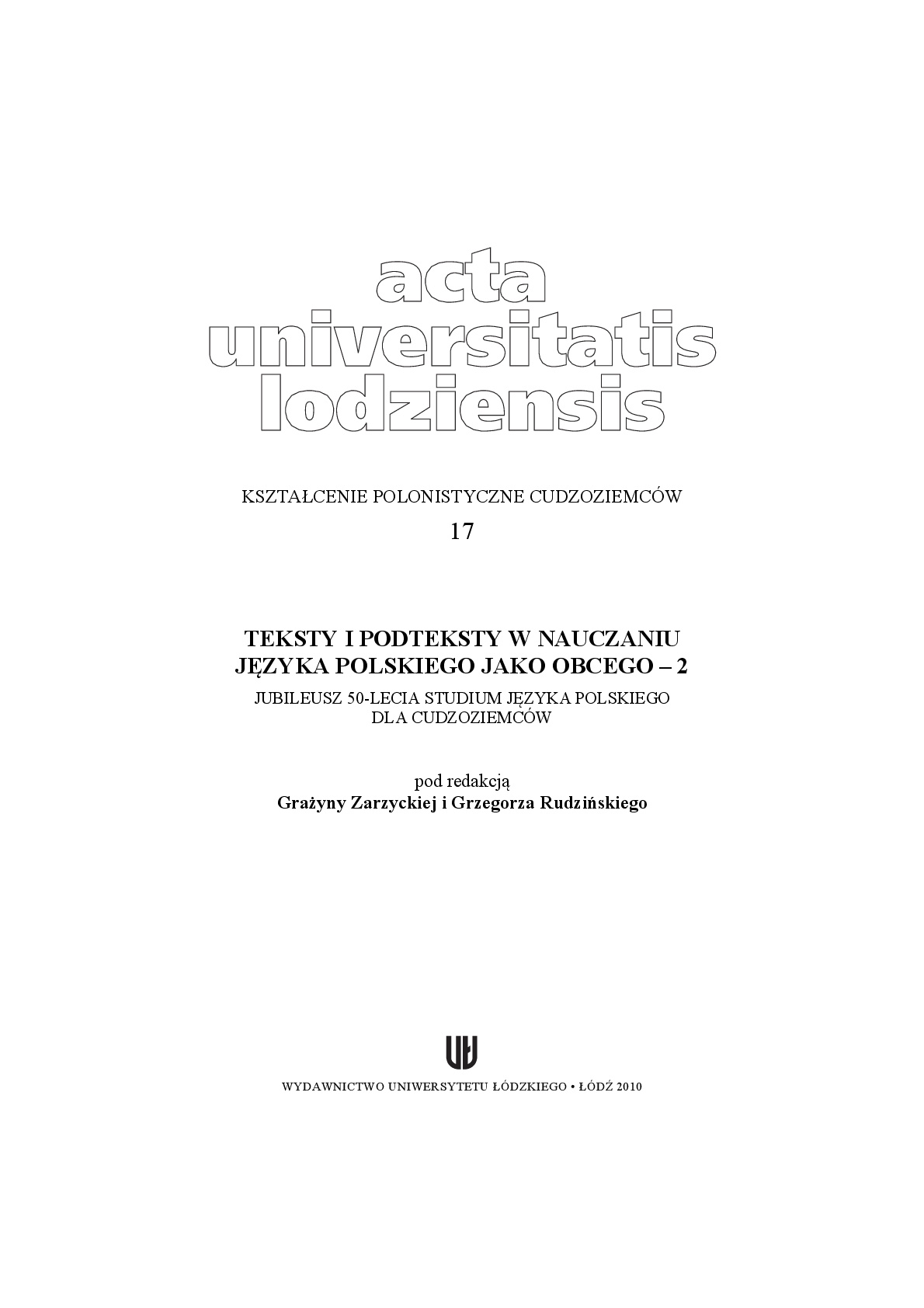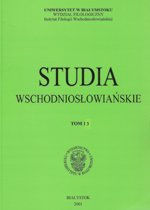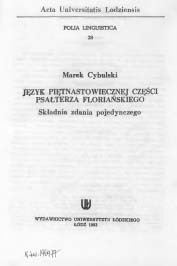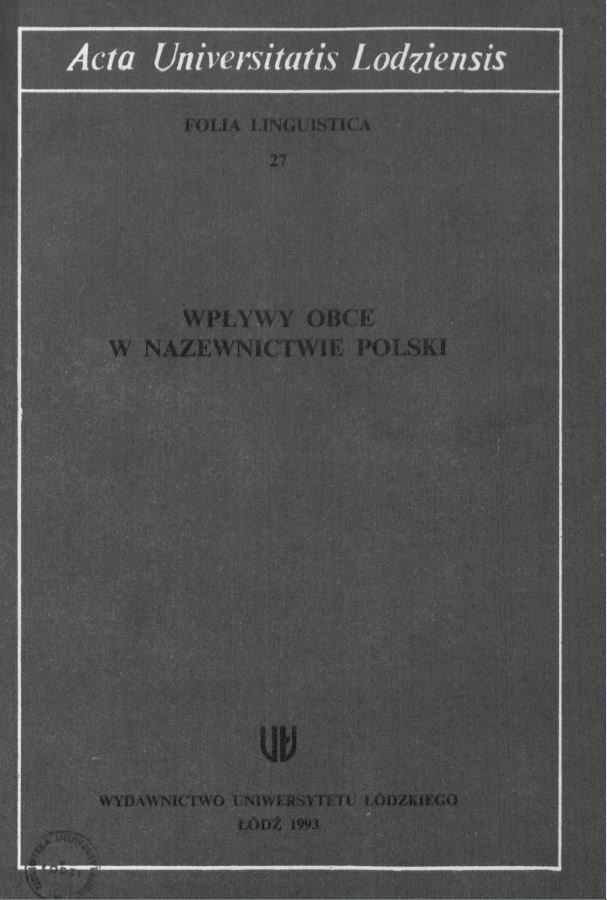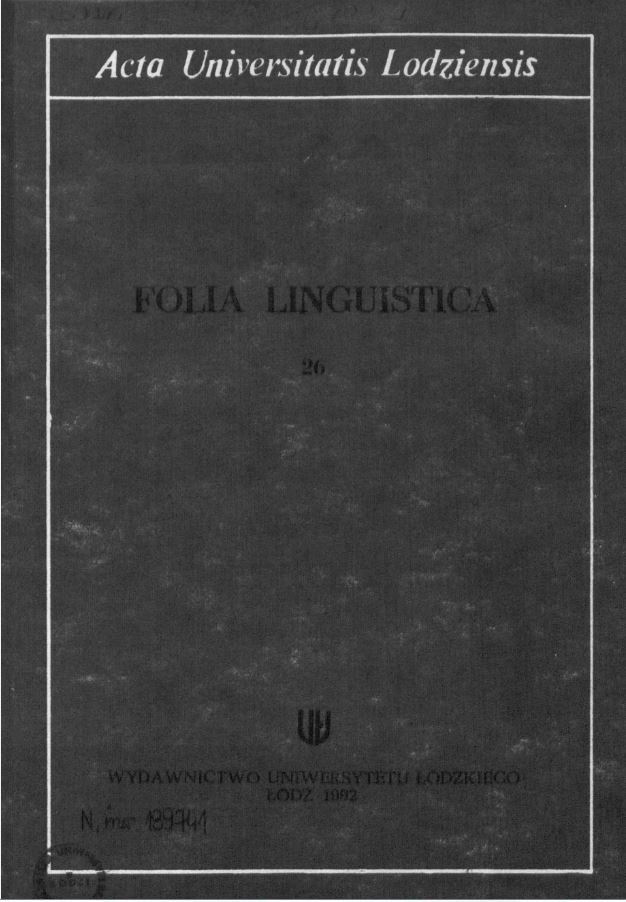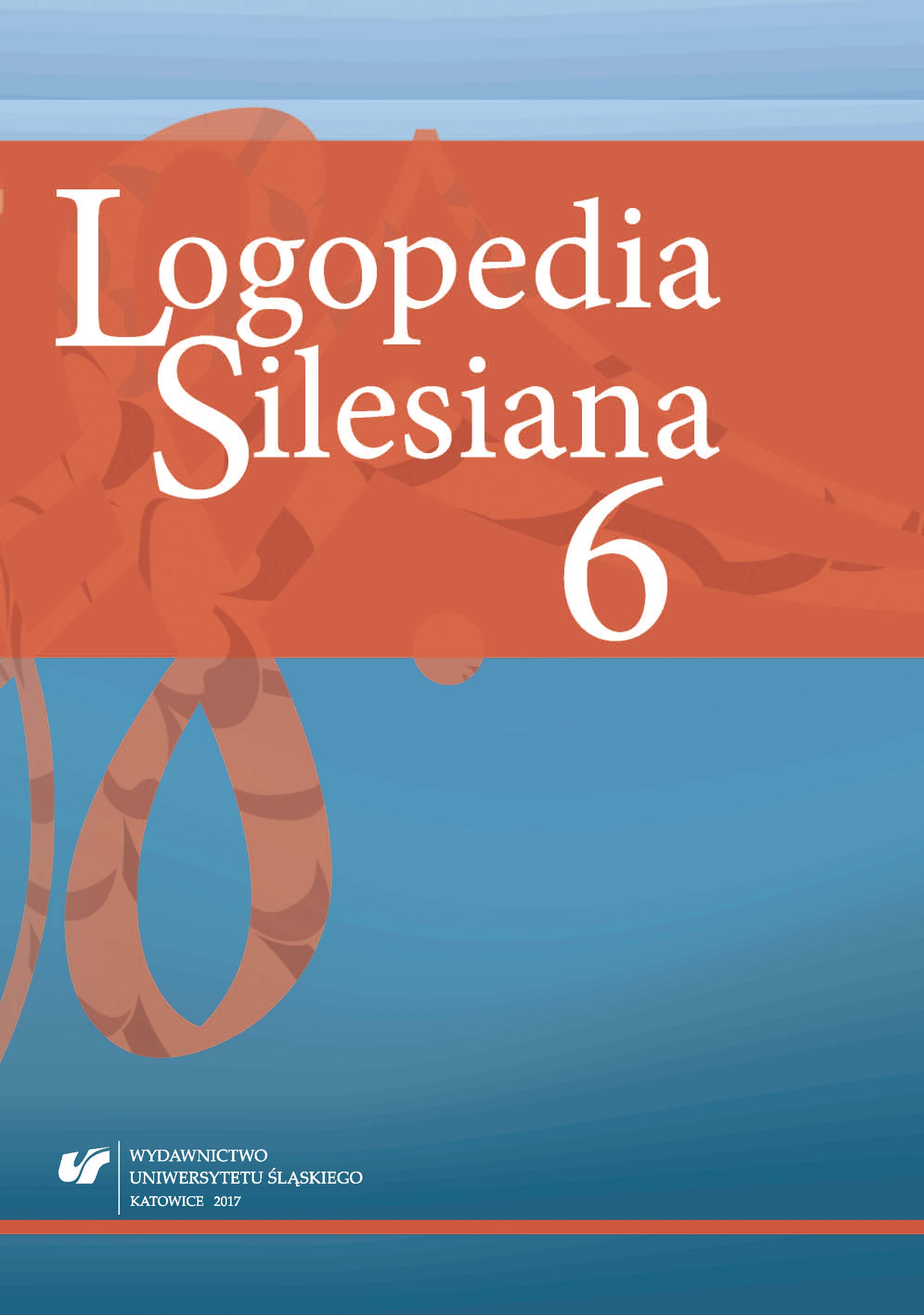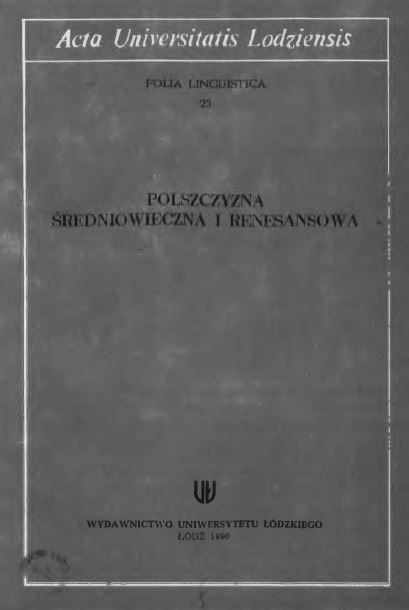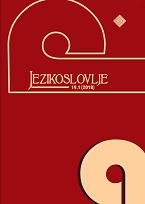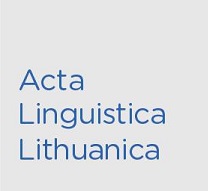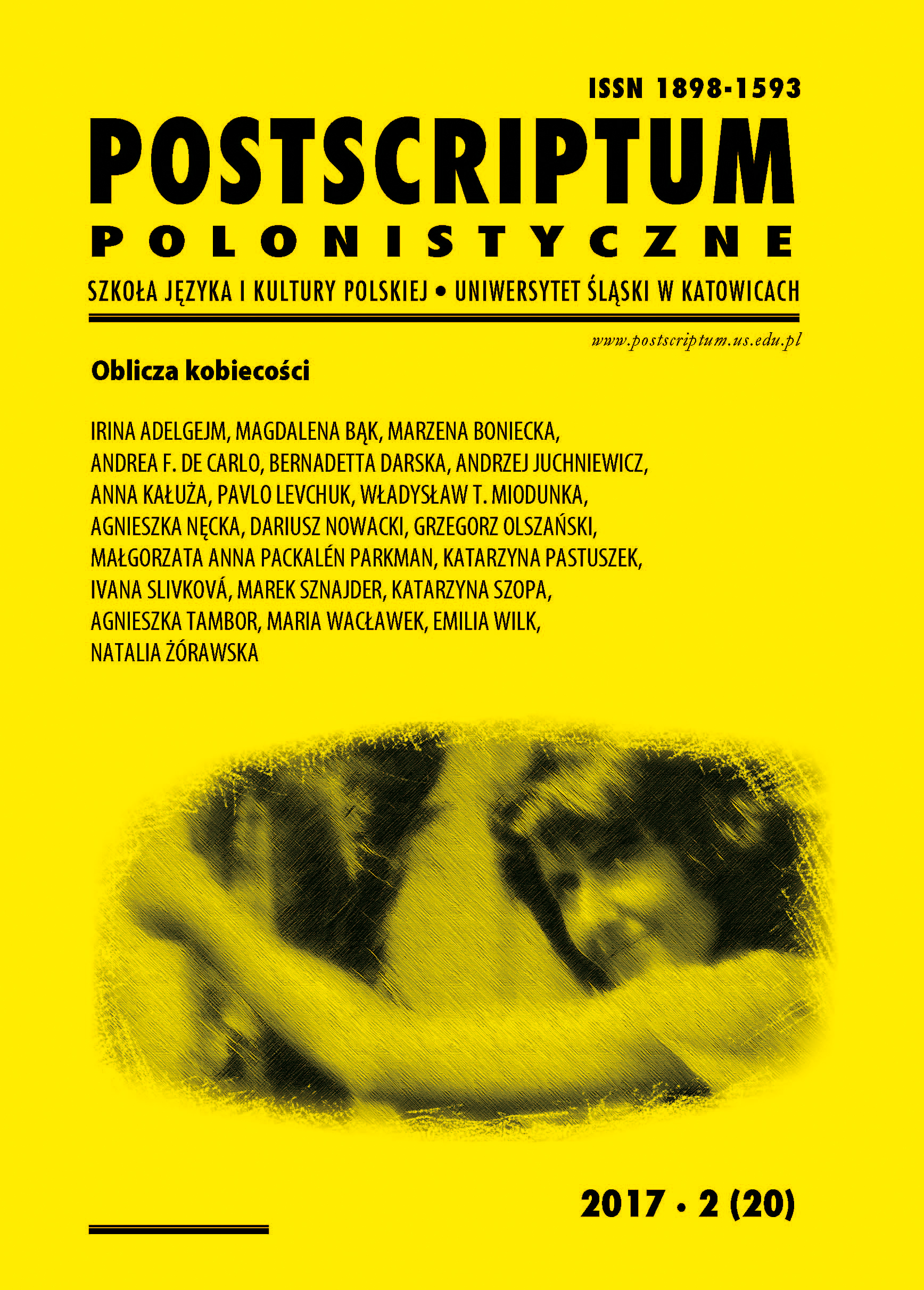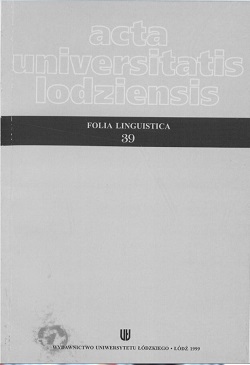
Nazwiska w parafii Topola Królewska koło Łęczycy w latach 1811-1828 : (na podstawie ksiąg parafialnych)
В статье рассматривается 611 личных имен, выполнявших в приходских книгах роль фамилий, прежде всего крестьяноского населения (хотя наблюдаются также заметки о фамилиях шляхты и евреев). Несмотря на обязывающий в 1 пол. XIX в. административный указ о наличии определенной фамилии, в этом плане господствовали старые обычаи: наблюдается все время довольно большая вариаигивность и колебания, прежде всего в патронимических конструкциях, образуемых посредством суффиксации от названии профессии, имени или фамилии отца. Анализ показал большое количественное преобладание имен с морфологической мотивировкой (517) над переносами (94). В группе перепосов преобладают происводные от прозвищ, реже встречаются происходящие от названии профессии и чинов, немногочисленны производные от имен и совсем исключительны случаи „фамилий” восходящих к этническим и топонимищеским названиям. Среди имен с морфологической мотивировкой большинство возникло блогодаря применению суффиксов -ski, -ak, -ik//-yk (-czyк) и -ic(z).
More...
